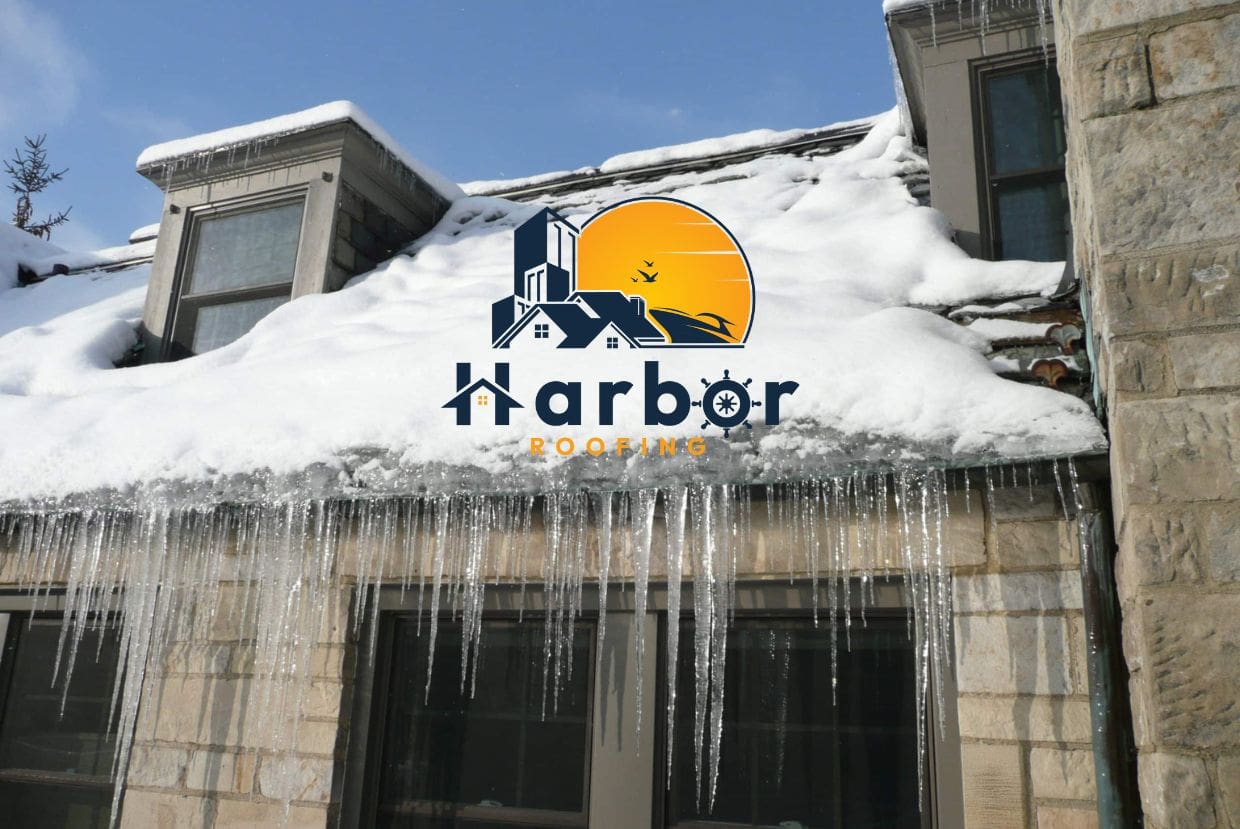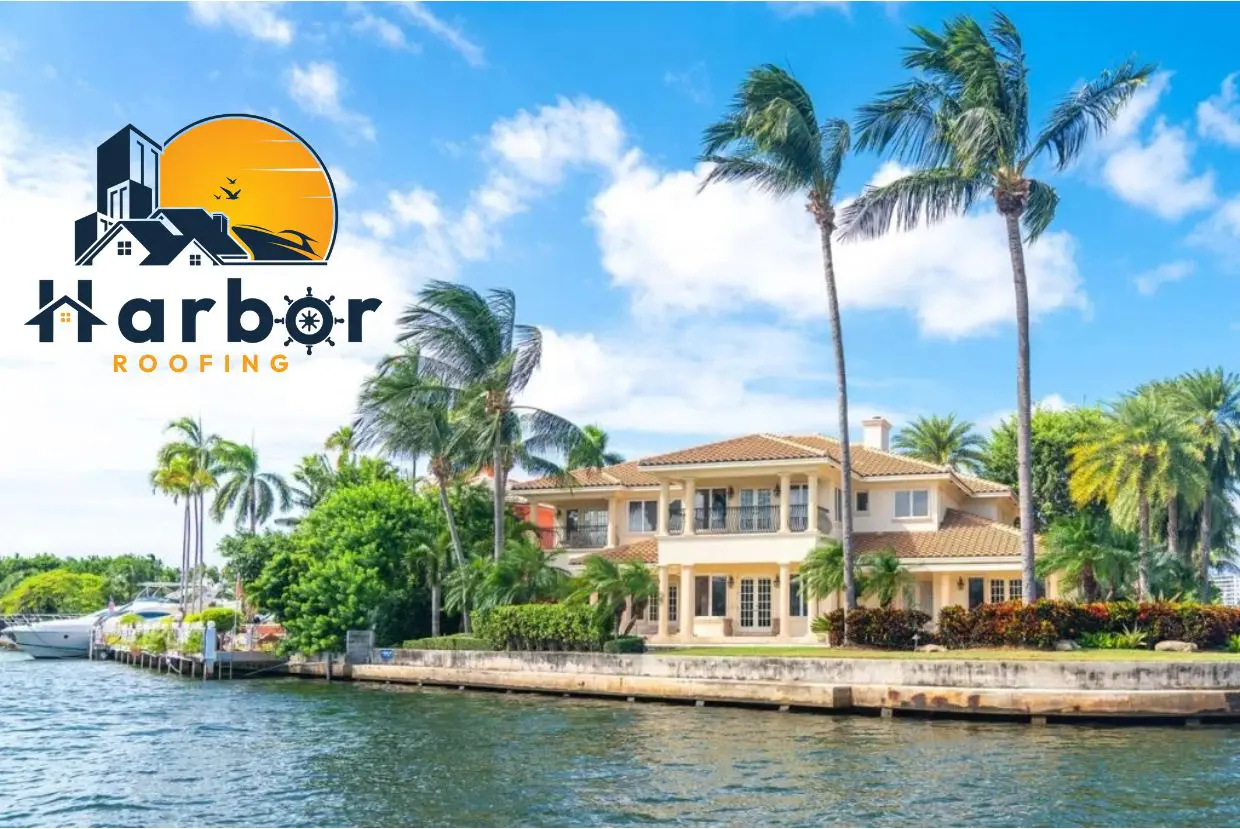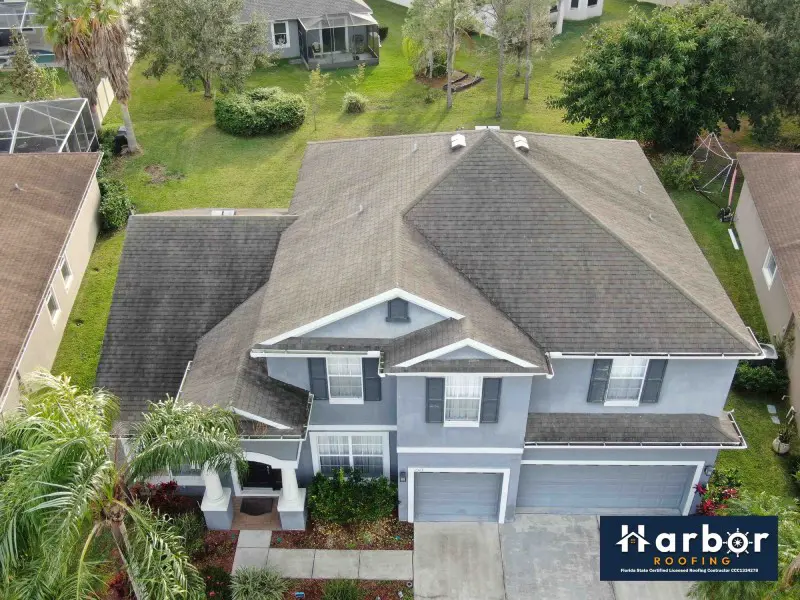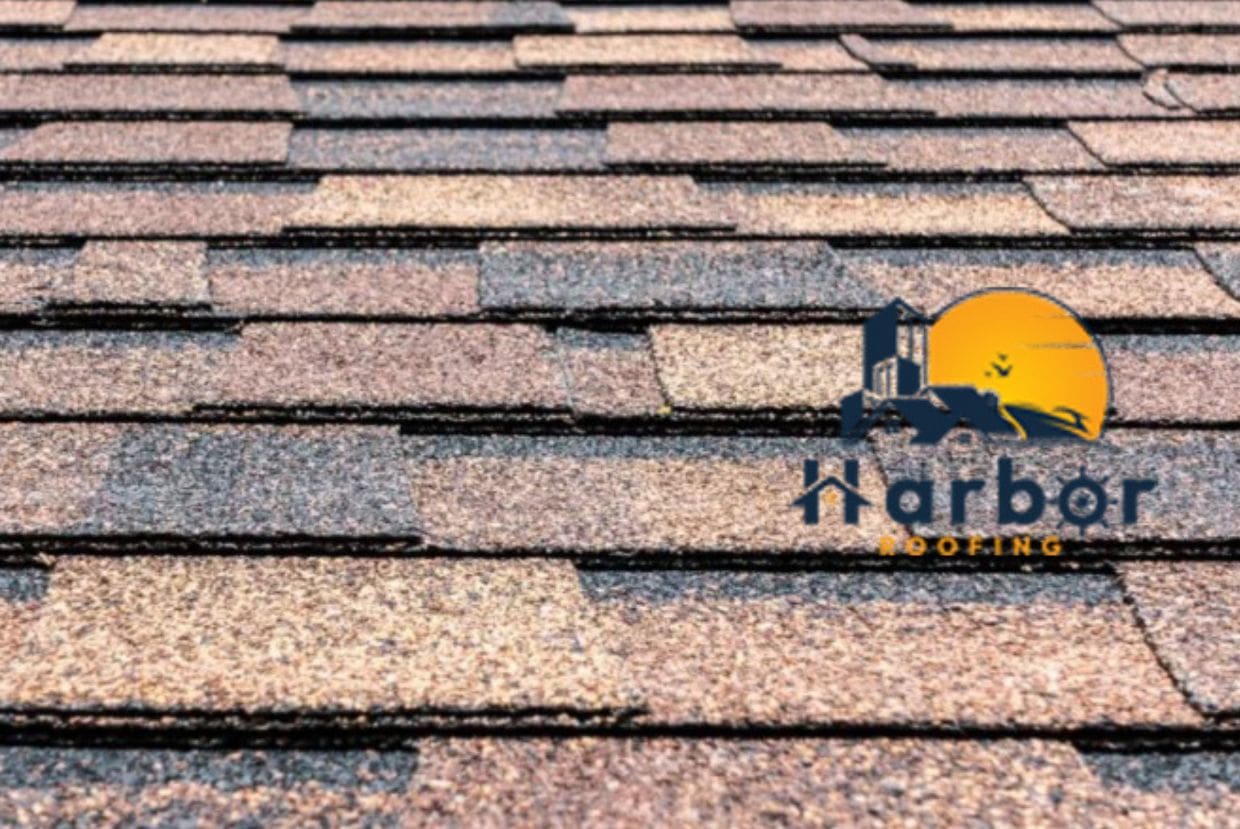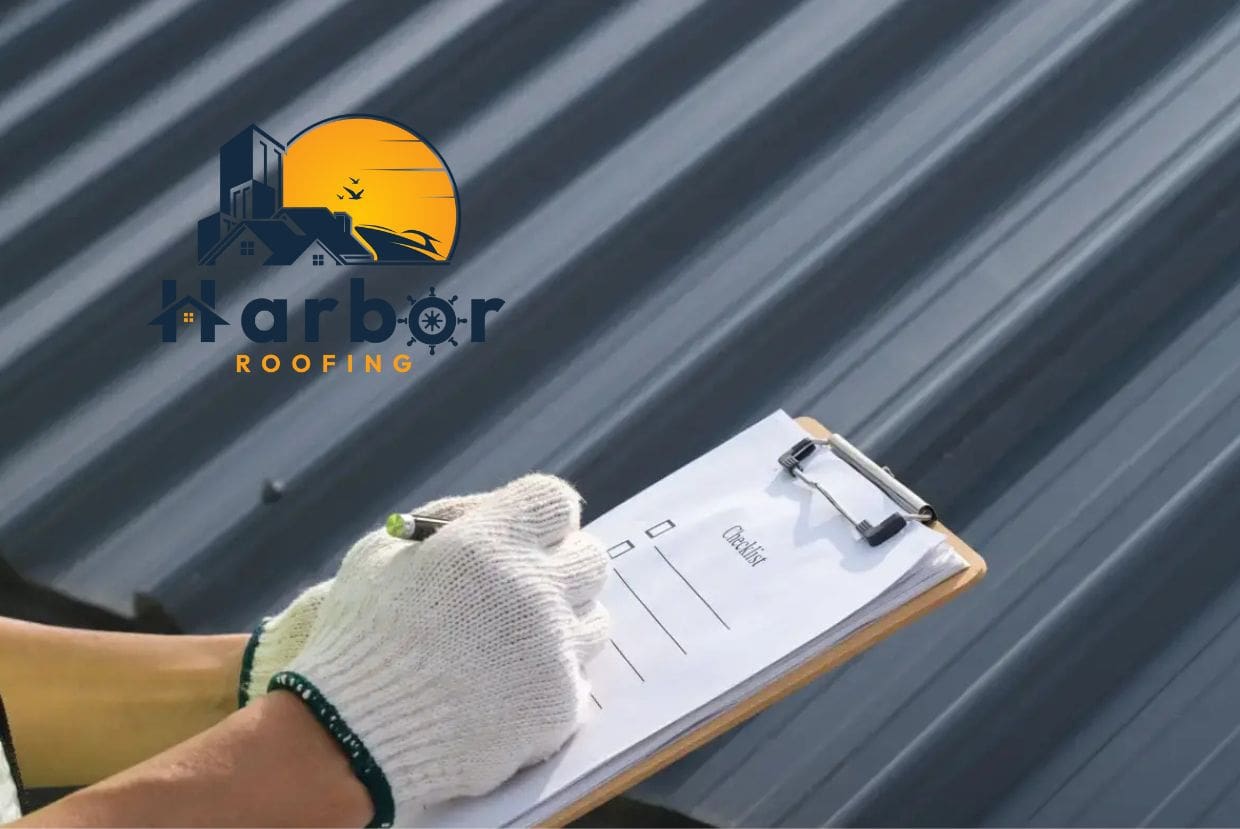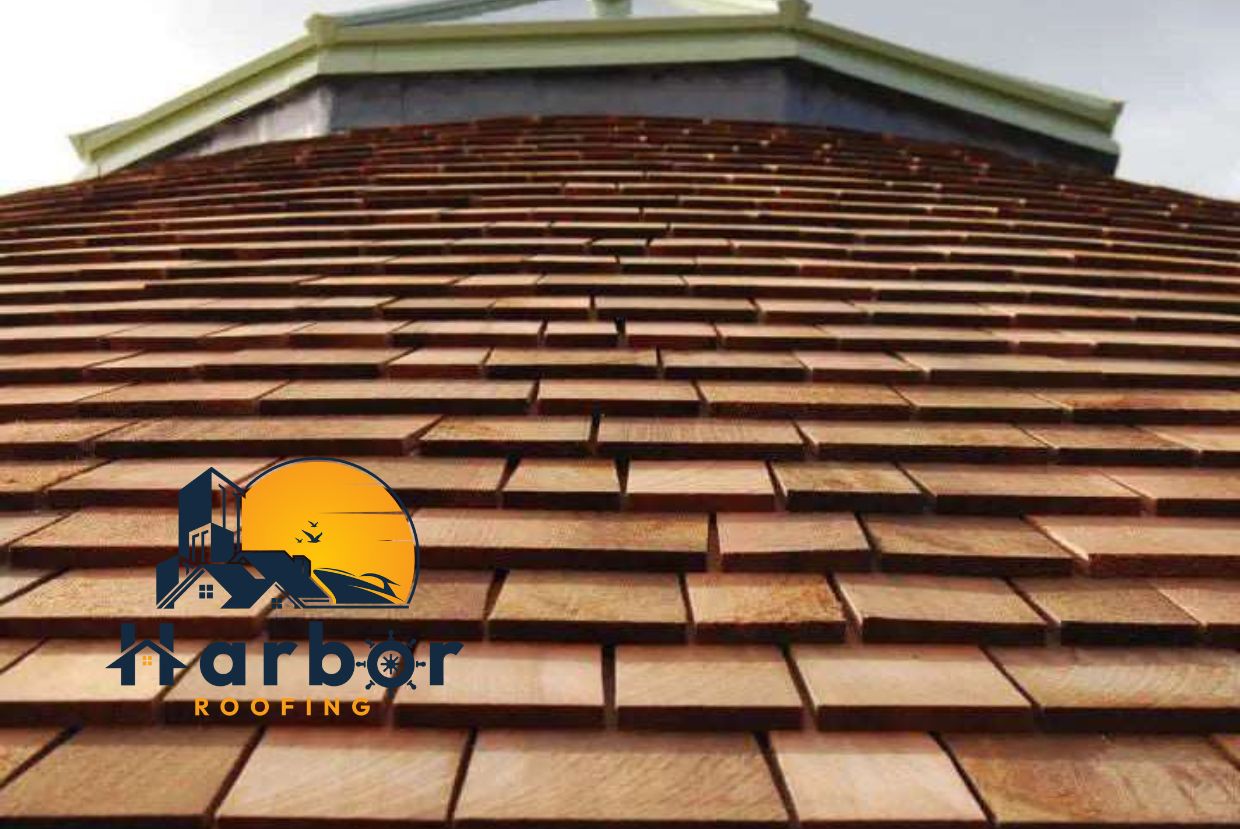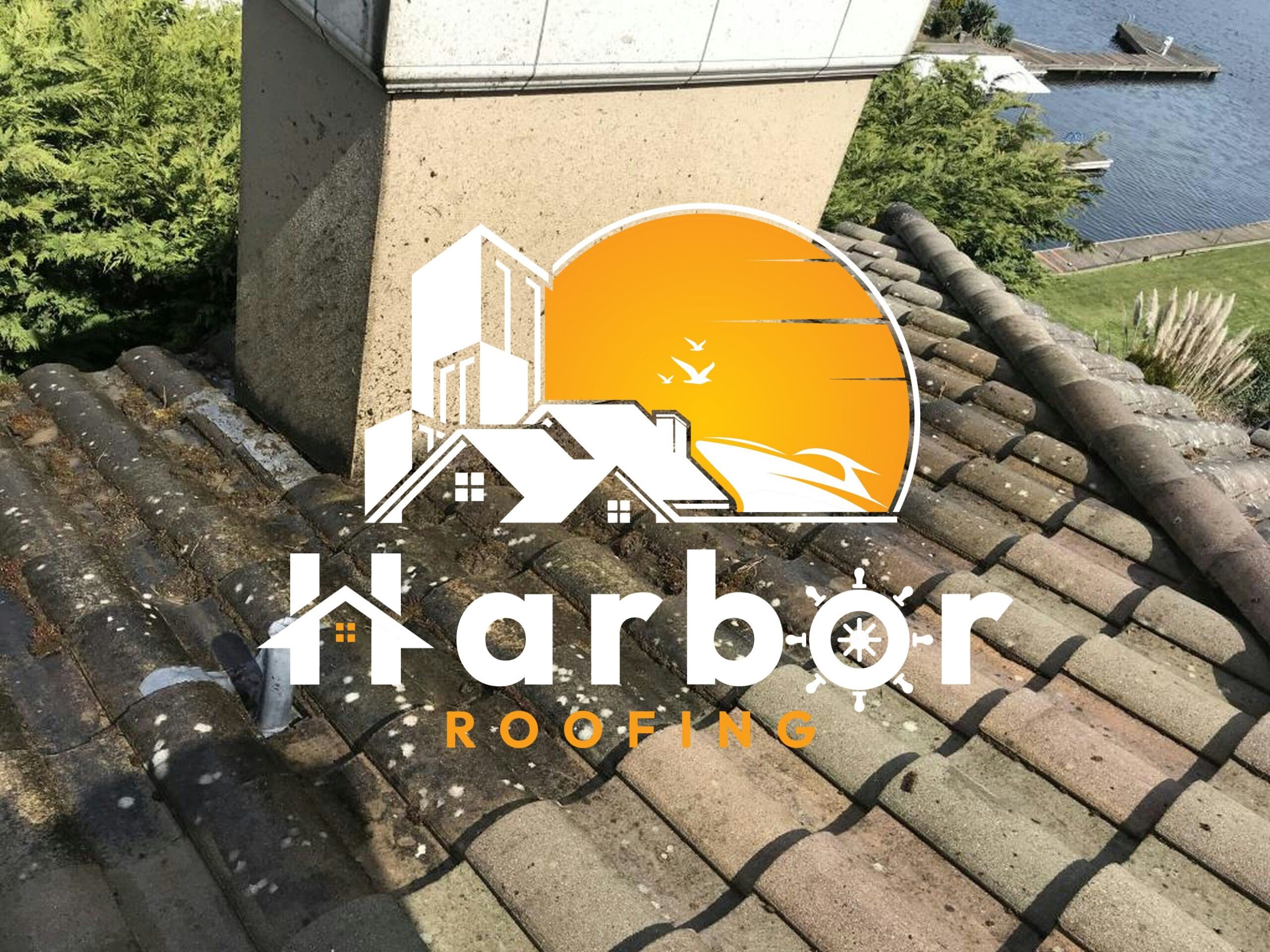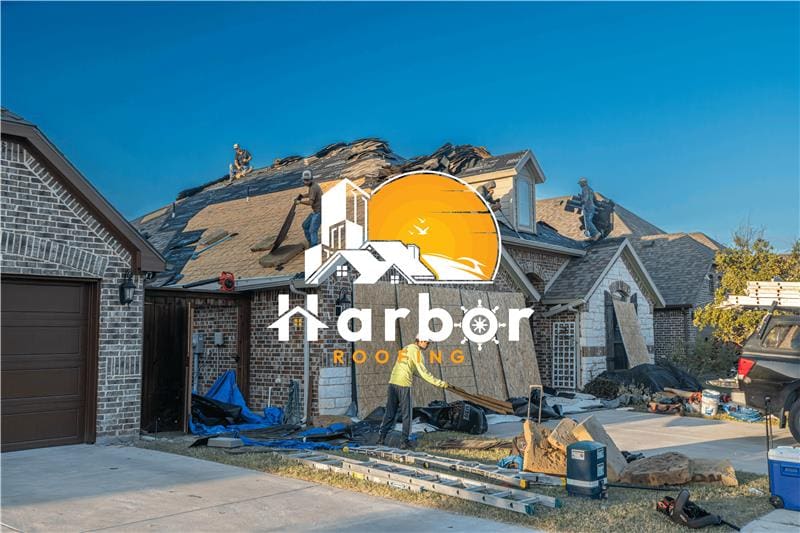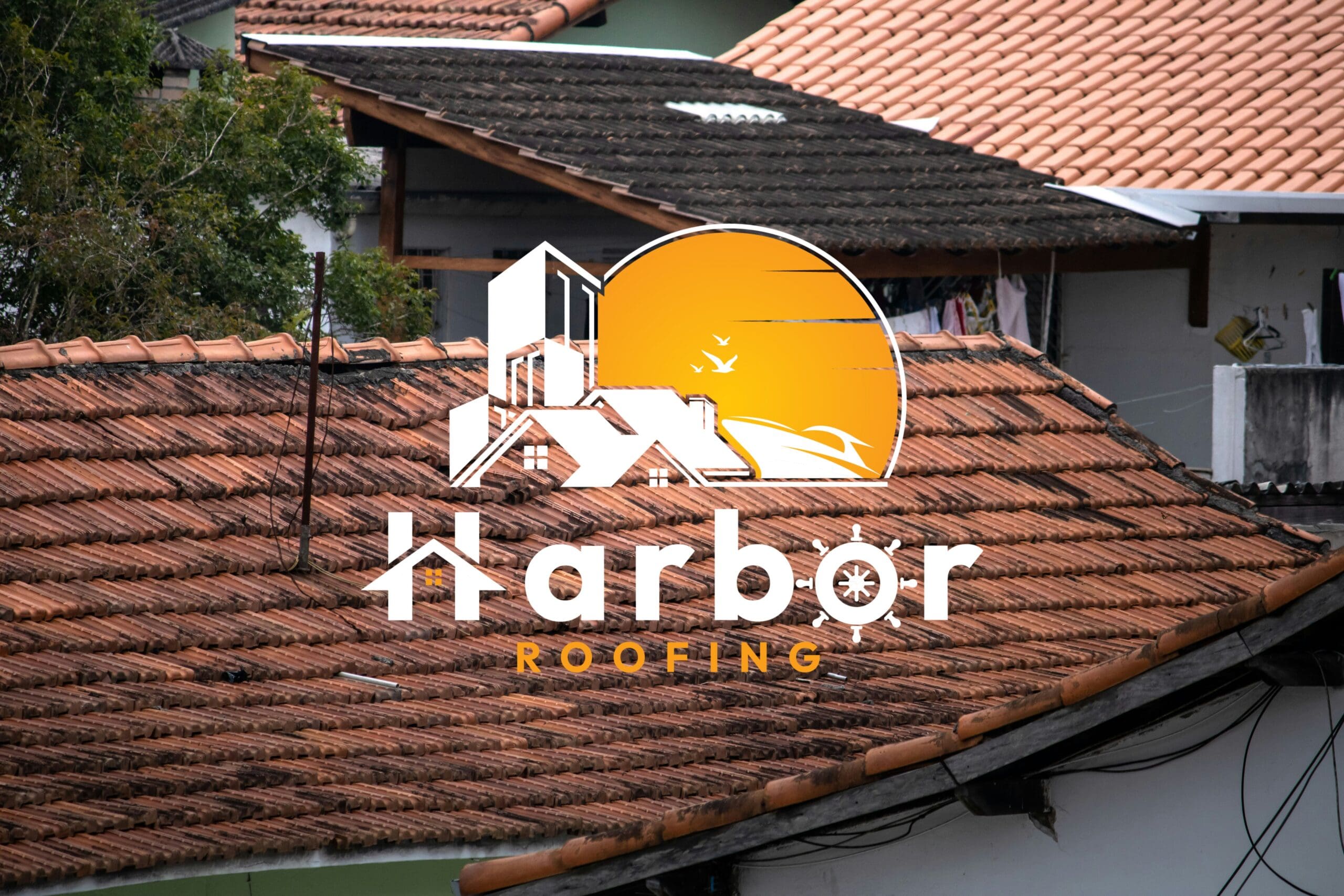If you live in an area where winters bring snow, ice dams are the kind of seasonal headache that homeowners dread. They look harmless at first: pretty icicles and frosted gutters. Under the surface, however, an ice dam can force water under shingles, soak insulation, stain ceilings, and trigger mold growth.
This article explains exactly how ice dams form, why they are harmful, and the realistic steps you can take now to prevent leaks before the cold really sets in.
What Is an Ice Dam?
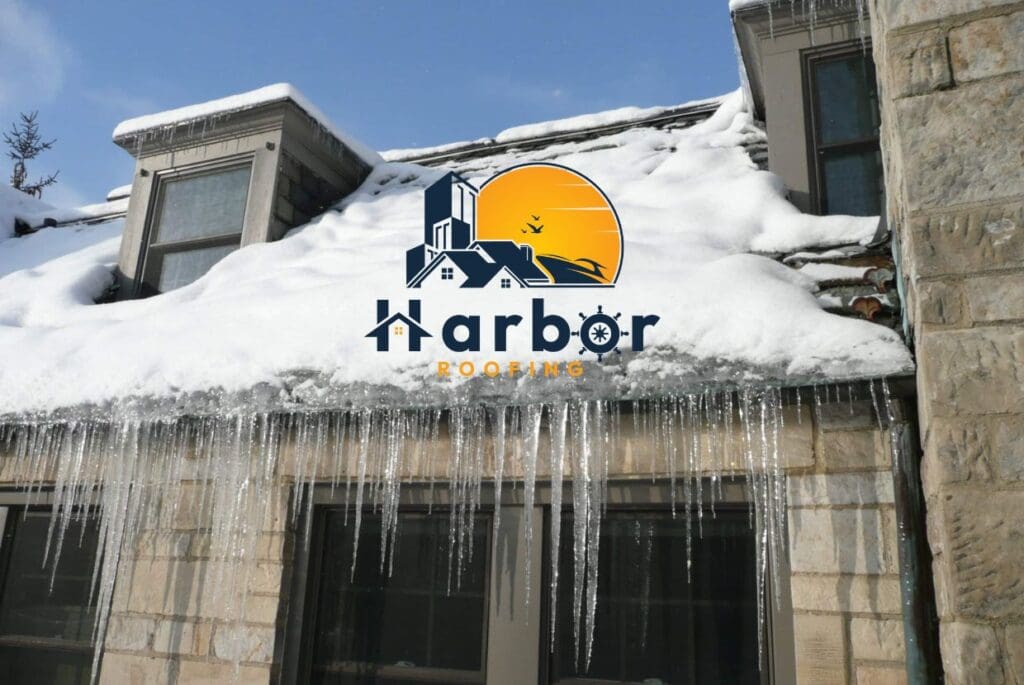
An ice dam is a ridge of ice that builds up along the eaves or lower edge of a roof. When snow melts, it flows downward, hits colder roof edges, and refreezes, forming a barrier. New meltwater then pools behind that ice ridge and tries to find any path beneath shingles, often ending up in the attic or inside walls. This freeze-thaw-refreeze cycle creates the dam.
The following is a step-by-step process of how dams form:
- Heavy snow accumulates on the roof.
- Heat from inside the house warms the upper roof surface, melting the snow there.
- Meltwater (melted snow) runs down the slope to the colder eave.
- The water refreezes at the eave and builds an ice ridge.
- More meltwater backs up behind the ridge and can seep under shingles.
Ice dams are common in cold, snowy climates where outside temperatures stay below freezing. However, attic or roof deck temperatures are warmer. Regions with frequent freeze-thaw cycles are especially vulnerable. They are most likely after heavy snow, followed by sunny daytime warming or interior heat loss.
Are Ice Dams a Problem?
An ice dam may appear as “just a chunk of ice” on your gutter, but it is more than that and can cause severe damage to your roof. The real damage occurs when water seeps under the roof and into the house’s structure. Typical results include interior ceiling stains, warped trim, ruined insulation, mold growth, and even structural decay if left unchecked. Repairing water damage and replacing wet insulation or drywall can be costly. Hence, you must prevent it at all costs.
There are also warning signs that a leak may be on the way. Long, heavy icicles hanging from the eaves, ridges of ice in the gutters, and dark streaks that appear on ceilings or walls after a thaw are all red flags. Damp or moldy attic insulation is another giveaway. If you notice any of these issues, it is best to act quickly because early fixes are far less expensive than drying out and repairing an interior leak.
Common Causes of Ice Dams You Can Tackle
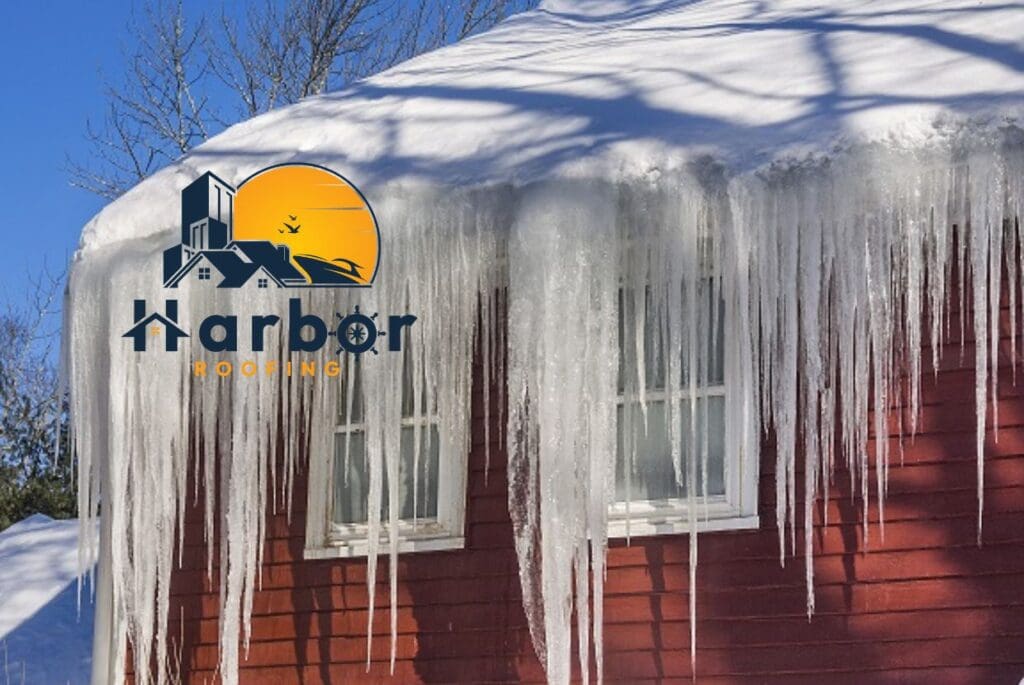
Escape of Warm Air into the Attic
The biggest reason ice dams form is warm air leaking from your home into the attic. That heat warms the roof, melts the snow, and starts the freeze–thaw cycle. Leaks often happen around light fixtures, attic doors, plumbing holes, and ducts. Sealing those gaps and adding insulation keeps the heat inside your living space, which is the most reliable long-term fix.
Inadequate Attic Ventilation
Your attic needs to breathe; hence, you should avoid poor attic ventilation. Good ventilation draws in cold air at the soffits and lets warmer air escape at the ridge. This maintains a uniform temperature on the roof surface, preventing snow from melting in one spot and refreezing at the edges. Clear, balanced vents make all the difference.
Roof Design and Age of Materials
Some roofs are more prone to ice dams. Low slopes, long overhangs, intricate rooflines, and clogged gutters can all worsen the issue. If your roof is older, worn-out underlayment also increases the likelihood of leaks. Adding a drip edge and an ice-and-water shield during a roof replacement gives you extra protection.
How to Prevent Ice Dams
Seal Air Leaks and Boost Insulation
One of the best ways to stop ice dams is to keep warm air from leaking into the attic. Gaps often hide around attic hatches, recessed lights, plumbing holes, or ducts. Sealing these spots keeps heat where it belongs and allows your insulation to work more effectively. Adding more insulation on top of that helps your attic stay cold, which means the snow on your roof stays frozen instead of melting and refreezing at the edges.
Keep Your Attic Ventilation Balanced
Your attic requires both intake and exhaust vents to function properly. Soffit vents should pull in cold air, while ridge or roof vents let warm air escape. When the airflow is balanced and continuous, your attic stays close to outside temperatures, which helps prevent snow from melting unevenly on the roof. Be sure vents aren’t blocked by insulation or debris.
Install Ice and Water Shield and Drip Edge
If you’re planning a roof replacement, ask your contractor to install a self-sticking ice and water shield along the eaves and valleys. Pairing this with a proper metal drip edge creates a strong barrier against water sneaking under the shingles. In cold climates, sealing the eaves provides extra protection where ice dams are most likely to form.
DIYs or Professional Help
Heated cables can create small channels in the ice, but they consume a significant amount of energy and may reduce the lifespan of your roof if not installed correctly. Experts usually recommend them only as a backup, not your leading solution. A roof rake is a much safer and more effective tool for quick snow removal, provided you work from the ground. Never climb onto an icy roof to chip or scrape off ice. Suppose the problem persists or the ice dam is large. In that case, it’s best to call a professional roofer or ice-dam specialist who has the right tools and training to remove it safely.
Below are some short-term fixes that help prevent ice dams:
- Use a roof rake to remove snow from the lower roof after storms. Pulling snow off the eaves reduces the amount of water that feeds the dam.
- Seal attic access points and the top of stair chases with weatherstripping or foam.
- Clear gutters so meltwater can flow freely. These steps cost little and reduce immediate risk.
How to Deal with an Existing Ice Dam Safely
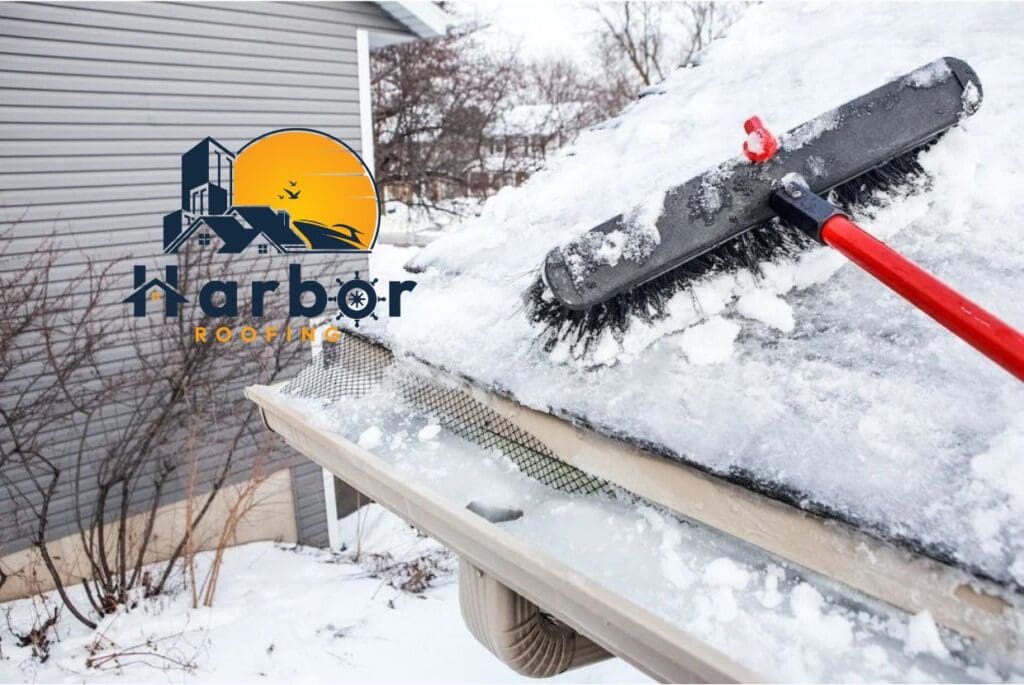
If an ice dam has already formed, remove snow from the roof using a long-handled roof rake from the ground, focusing on the upper roof to prevent additional meltwater from accumulating. For the ice itself, avoid chipping aggressively or using sharp tools that can damage shingles or gutters. Some safe approaches include melting channels using calcium chloride in a permeable sock placed on the dam. For large, stubborn dams, hire professionals who can use steam or other controlled methods.
Cost and Timeline Considerations
- Simple snow removal and sealing attic hatch weatherstripping: Low cost, immediate.
- Insulation and air-sealing upgrade: Moderate to higher cost, likely paid back over time through energy savings and avoided damage.
- Complete roof replacement with ice and water shield and improved ventilation: Significant upfront cost, but the most durable protection.
- Budget your approach: Prioritize air sealing and insulation first, then ventilation and roof edge protections. Many building scientists argue that fixing attic heat flow gives the best long-term return.
Conclusion
Ice dams happen when heat escapes into the attic and warms parts of the roof. The best way to prevent them is to keep your roof cold by sealing leaks, adding insulation, and ensuring your attic is well-ventilated. Tools like roof rakes or ice-melt socks can help in the short term, but fixing the root causes is the real solution. If you’re unsure where to start, a contractor or home inspector can help you identify the most critical repairs for your home.
Frequently Asked Questions
Can ice dams form on flat roofs?
Flat roofs do not form classic eave ice dams in the same way sloped roofs do, but they can develop ice blockages in drains and scuppers that back up water and cause leaks.
Do heated cables permanently prevent ice dams?
Heated cables can help in specific locations, but they are not a substitute for insulation and air sealing. They use electricity, and if poorly installed, can shorten the roofing life.
Will more attic insulation alone stop ice dams?
Insulation definitely helps, but it’s not enough on its own. If warm air is still leaking into the attic, it can sneak past the insulation and keep melting snow on the roof. The best approach is to seal air leaks first, then add insulation, and make sure your attic has good ventilation. Together, those three steps give you the best protection against ice dams.
Is it safe to remove an ice dam with chemical de-icers?
You can use calcium chloride in a permeable bag or sock to create a melting channel; avoid using rock salt, as it can damage metal gutters and shingles. Always follow local guidelines and the manufacturer’s directions. If the dam is large, call a professional.
